Following the trail out of camp, you come across a riverbed with something glinting in the distance. As you investigate, it looks like the jewel from your lost comrade. Suddenly, out of the brush a giant form appears and hungrily looks towards your party. You draw your sword and ready yourself for battle…
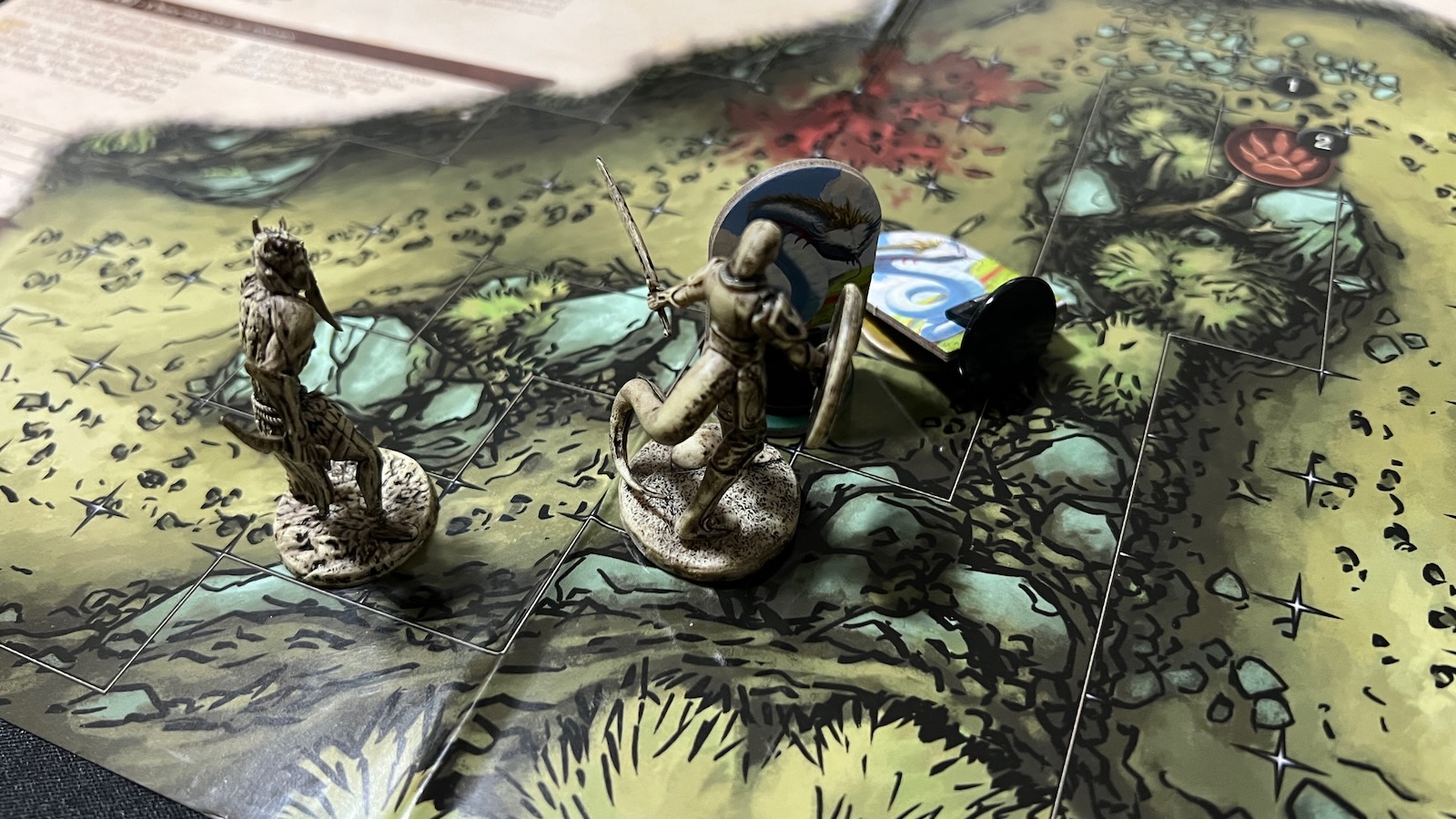
Vrahode: Age of Prophecy is a brand new narrative driven fantasy dungeon crawl board game published under Weathervane Games by founder and creator of the system, Jeff Irving. We were able to get a look at a partial review copy of the Vrahode: Age of Prophecy core box which serves as an introduction to the larger world of Vrahode. Age of Prophecy will be coming to Kickstarter in October of 2024 with a larger crowdfunding campaign for the full Vrahode system planned for the summer of 2025.
In Age of Prophecy, you and up to three other players take your heroes through a larger narrative with different missions to fulfill while encountering different worlds and creatures along the way. Players are able to build their heroes and their teams to effectively handle anything they encounter along the trail. The four heroes in the box represent different species each with their own abilities, tendencies toward specific skills, and adaptations suited toward specific environments. The preview copy came with 8 map based missions, with the retail copy containing 24 different missions and maps. Each of the missions advances the stories and has players interacting with different enemies, terrains, and specialty rules to show off the dynamic nature of the Vrahode system.

At the start of each mission, players will take their heroes into the game using a loadout. Each character has different slots that can hold specific types of gear such as armor, weapons, or other items to interact with the world around them. All of the hero’s stats are held on a unique dashboard designed for the Vrahode system. The dashboard displays each hero’s stats in areas such as body, spirit, mind, focus, and presence, a hero’s health and movement totals, the current level of fatigue, battle mitigation numbers, and the amount of skills a player can wield. The dashboard also has spaces for skill cards, action tokens, called ruhls, and places to store equipped items and backpack items. Each stat line is marked with a colored token that can be moved up and down the track as players gain or lose things throughout the game.
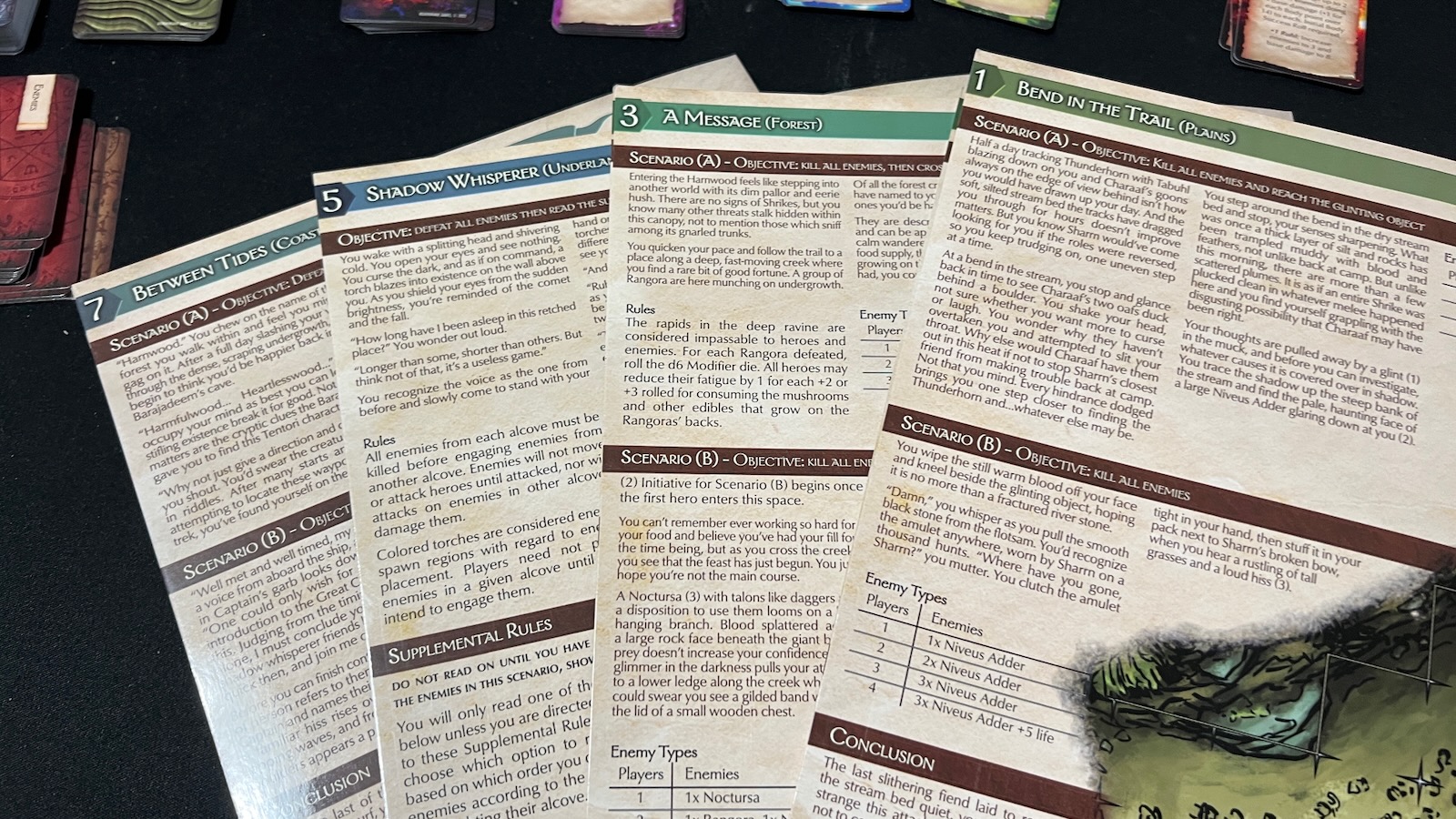
Each mission starts on a new map featured on high quality laminated cardboard tiles. The map indicates the type of terrain along with a grid system where players will interact with the encounter. Each map is broken up into scenarios with an attached narrative to continue to the overarching storyline. At the end of the narrative, players are often thrown into combat against enemies scaled to player count. Some areas feature bonus objectives and supplemental rules for players to follow. Players and enemies will spawn on different points of the map, where indicated.

Combat is executed in initiative order. Each player and enemy will draw a random initiative token to determine the order of action. On a player’s turn, their hero will take two actions. One of those actions can be a physical attack, activating a skill, or using their racial ability. There can be some exceptions to the rule depending on the equipped items a hero may have or the circumstances of an encounter. Other actions can be movement around the map or using an item. Movement around the board can be impeded by difficult terrain or blocked by obstacles. Some abilities allow heroes and enemies to fly around the map.
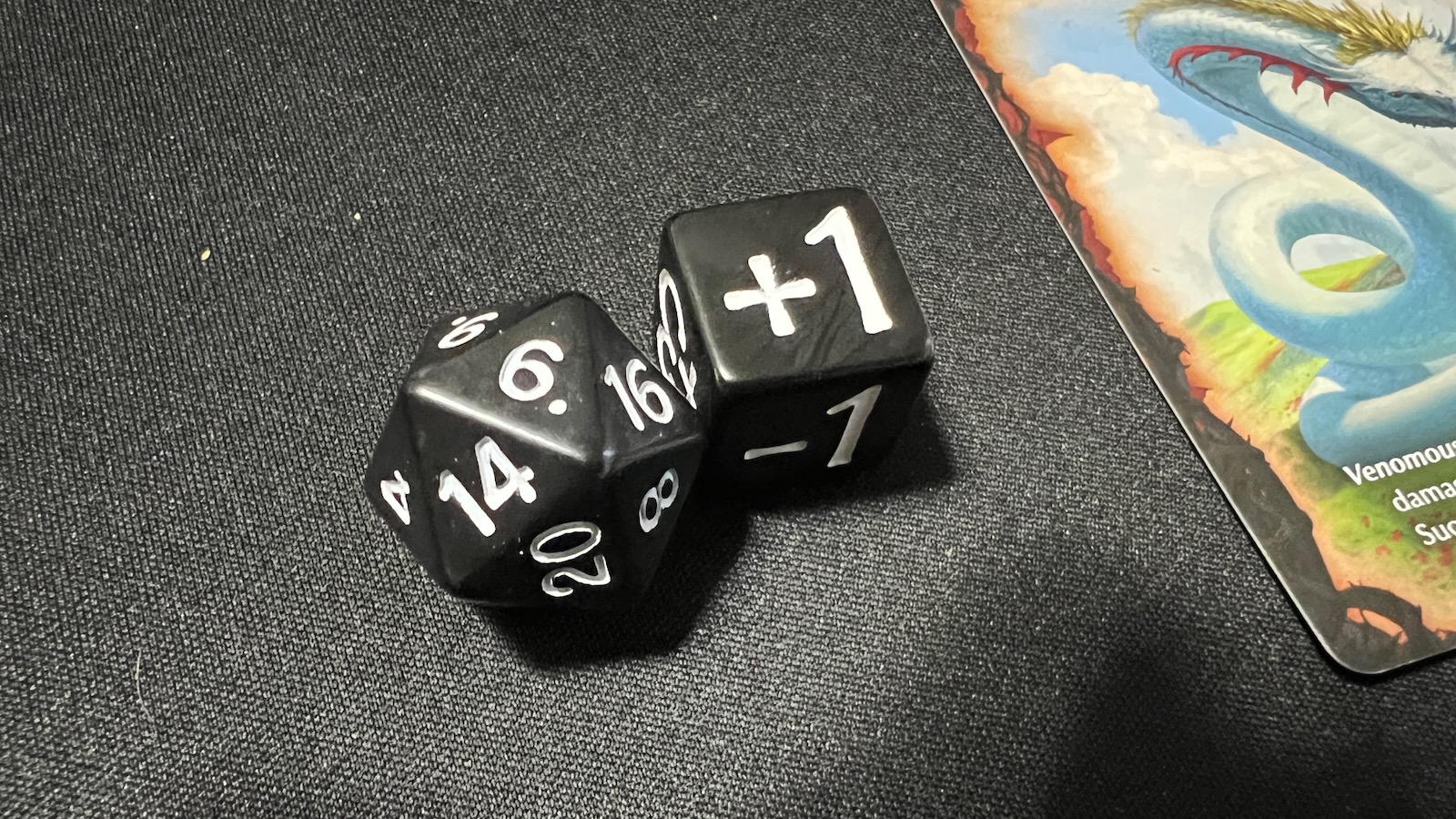
When attacking a creature, based on the weapon they’ve chosen, players will roll a success die to see if the attack lands. Players roll a d20 hoping for a number lower than their stat for that type of attack. For example, attacking with a sword uses the body stat and a hero with a 14 body value would need to roll a 14 or less for a success. Players will then compare the damage value to the enemy’s mitigation, which is a hero or creature’s defense value, subtracting it from the score. A modifier dice is also rolled to add or subtract damage as well. A natural “1” on the d20 is always a success and disregards an enemy’s mitigation. Other effects may raise or lower the success of the dice rolls as well.

Skills are powerful attacks and actions that players can use. For each skill a player possesses, they will gain two ruhl crystals. To activate a skill, a player must spend a ruhl crystal. Skills can be powerful attacks such as a combined movement/attack charge, or can be used to change the state of the board, lowering defenses of attacking creatures. Players also have racial abilities that help them in specific situations catered to their species. These can be activated once per turn if applicable. Racial traits are innate abilities that can help or hinder heroes based on their environment.
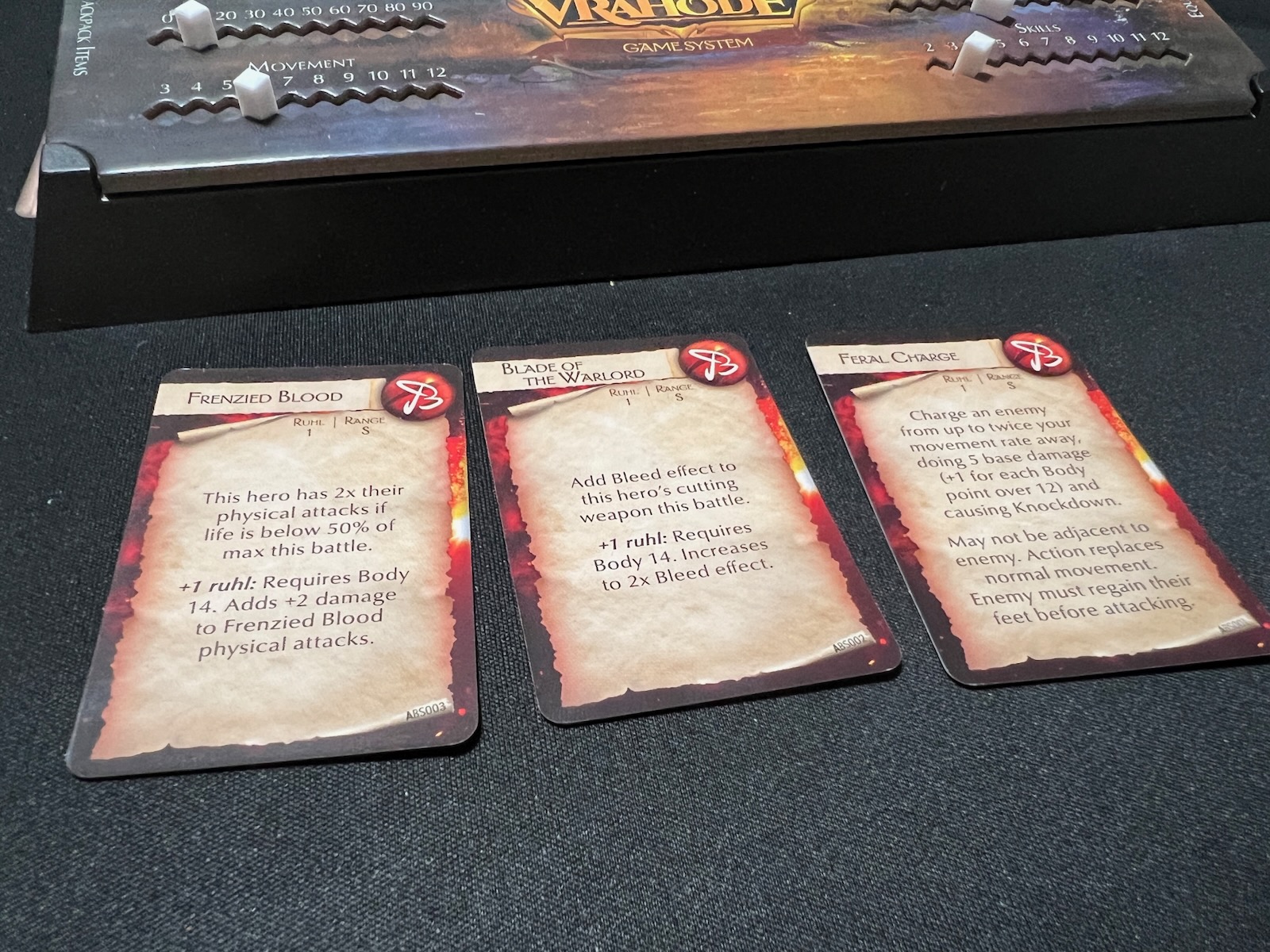
Enemies come with their own stat cards that tell how they interact with the scenario. Each enemy has basic attacks and specialty abilities they can use throughout the battle. Enemies are vindictive and will go after the last player to attack them if able. When attacking, enemies will try to use their special action by rolling the modifier die. If successful, they will carry out this more powerful attack, but the attack is limited per battle. If a failure, they will attempt their normal attack by rolling a d20 and comparing it to their card’s roll value. Assigning damage is similar to heroes outlined above.

Throughout the game, heroes and creatures can gain different effects and afflictions that can boost or inhibit actions or attacks. Many of these are marked by special tokens and outlined in the rulebook. Affiliations come with special dice that can be placed into special slots indicating the stat line they affect. Fatigue can also affect a player’s stats. Each mission gains players fatigue and they can choose to take fatigue to overpower attacks and can be given fatigue from battle. The more fatigue, the more value subtracted from dice rolls. Too much fatigue and players can faint and be forced to rest.
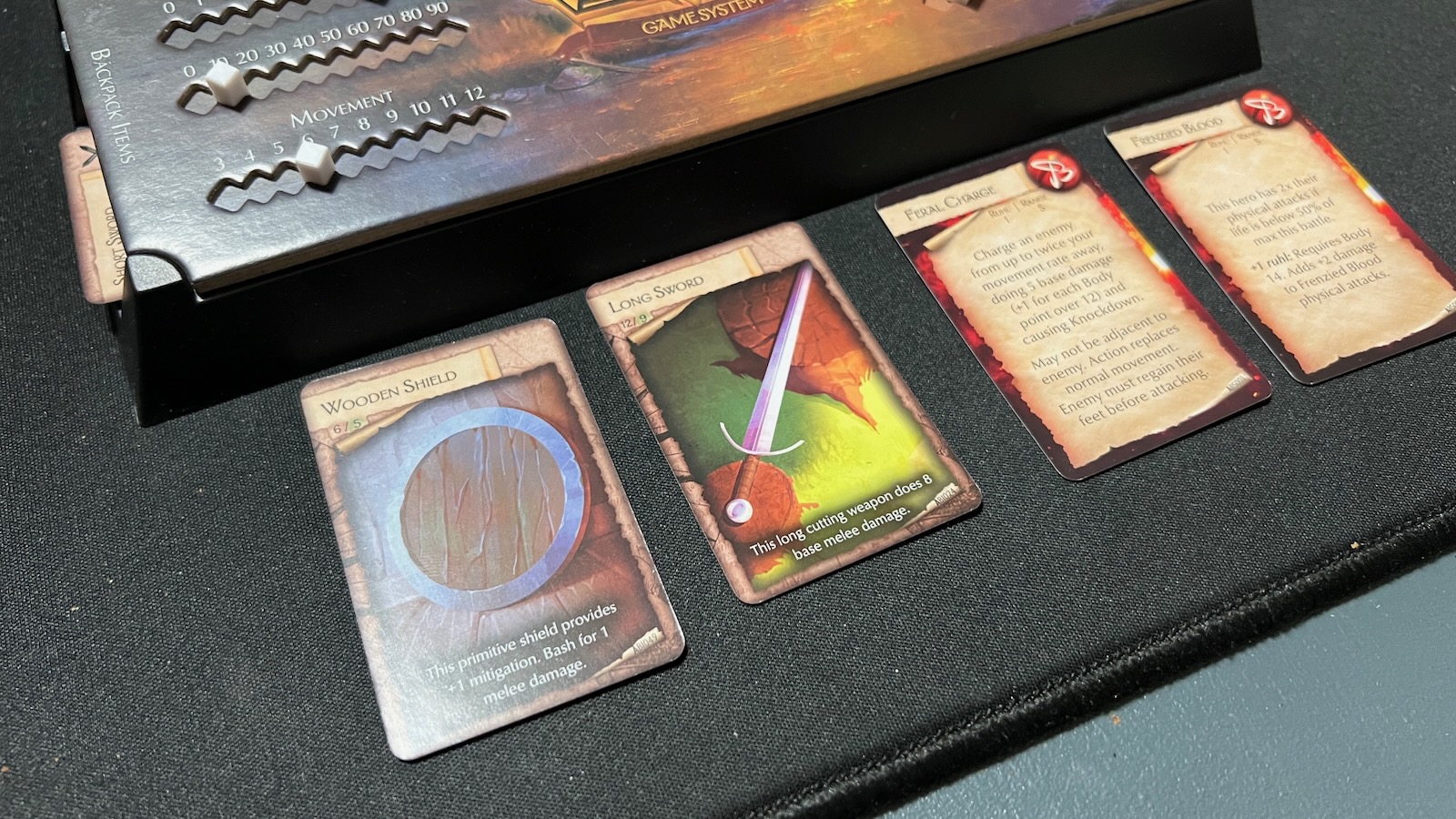
After a mission, players will often be rewarded with new items from the basic or treasure decks. Players may also get more skills or upgrades to their statistics. At this point, players can pack up the game for another day or proceed to the next mission. In between missions, players can choose to rest to try and regain ruhl crystals, lessen fatigue, and regain health. While resting, players can post a guard to watch for creatures lurking in the shadows, but must perform a push your luck draw from the rest deck. The rest deck is full of cards that could help boost stats or feature another encounter with a creature from the wild. Players can draw from the rest deck as many times as they would like, with the odds of positive cards dwindling with each pull.
Players will continue to play through missions with opportunities to fight with different gear, barter for new gear and battle alongside allies, level up their characters, and encounter new and exciting terrains and mysteries.

The Vrahode system, introduced with the Age of Prophecy box is a great introduction to the world. The system is easy to learn and navigate through each encounter. While the preview box was only a small taste of what the kickstarter campaign will bring, it gave plenty of variety and paths to upgrading and creating characters. It was fun to see how the different characters available to players interacted with the different terrain types, making some more or less effective in different situations. The combat system was straightforward and tactical. Simple enemies were sometimes difficult to overcome, just because their rolls were able to inflict some big damage and incur some lasting effects. The game leveled the encounter with the hardest enemy with allies to make the fight fair. When playing a solo campaign, I was assisted until our party reached the requisite four players to take on the big boss. While the game did seem combat heavy, I did appreciate some of the side items needed to complete some of the quests. I am hoping that more role-playing-esque puzzles will be prevalent in the wider release.
The console seemed to be a big focus of this game. The playerboard was helpful when looking for player stats and holding all the gear for each individual hero and was nice to have all of the player information at my fingertips for easy adjustments when effects took hold. I look forward to seeing the final design to see if they can fix some of the user interface when moving trackers in the prototype. Another hope would be for a cover to “save” progress, if you needed to clean up between sessions of a campaign rather than setting up each console from scratch each time.
While we don’t normally talk about production in previews, there are a few things worth noting. The included maps were double sided and high quality. If these are the finished products, they are easy to use, contain some beautiful graphic art, and are highly durable. They also remove the spiral binding seen in other dungeon crawlers, while being easy to set up quickly. Also included in the preview copy were miniatures of the four base characters, a legendary creature called a Wysteris, and its protege, the Tormentor. The detail and quality of these miniatures is fantastic! While the other enemy creatures are featured as cardboard standees, there will be an opportunity to order all creatures as miniatures in the crowdfunding campaign. An app is also in the works to provide ambient music for each unique terrain and sound effects for when you are attacked or damage a creature.
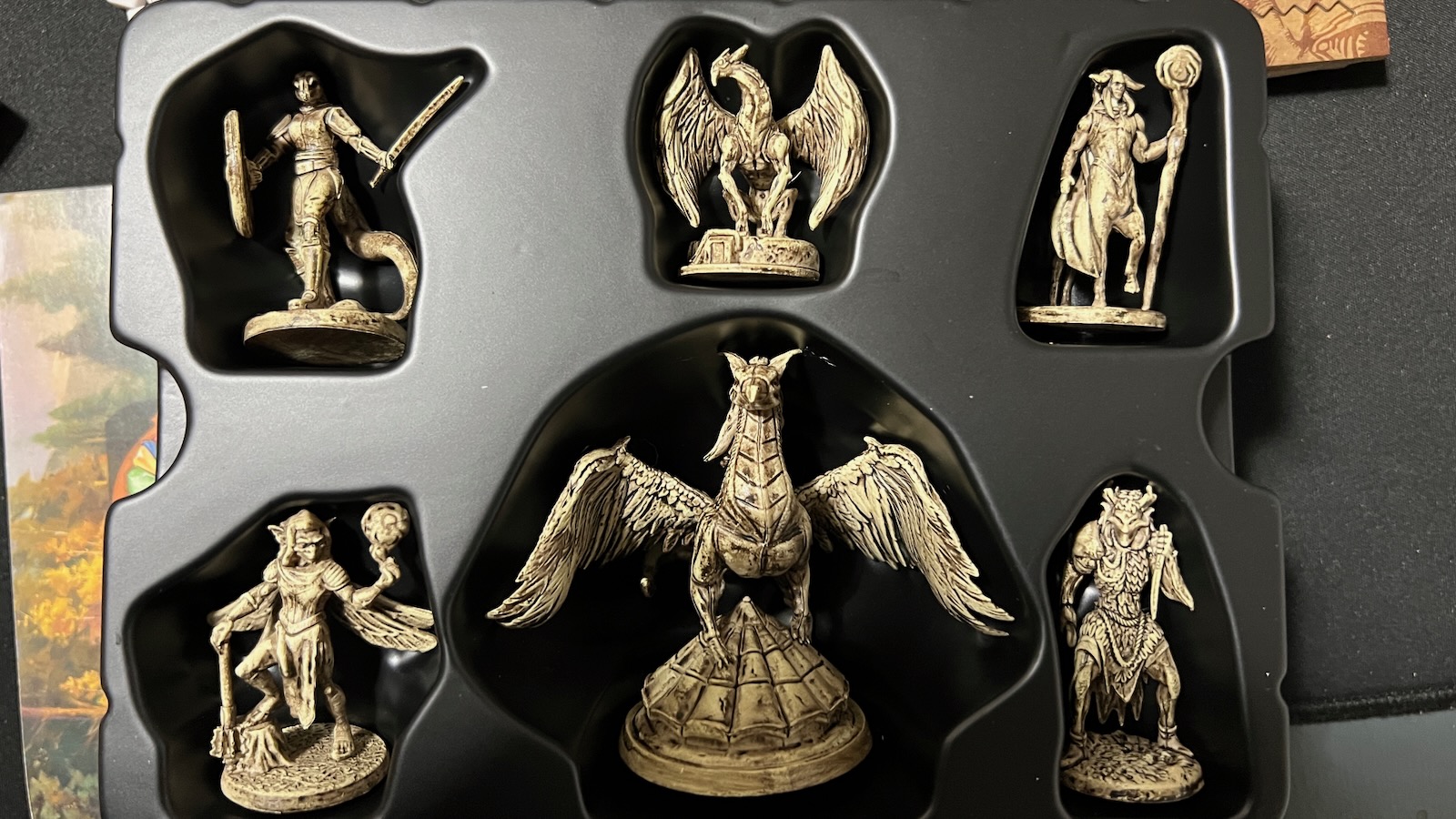
While it could be easy to write off Vrahode as another skirmish based dungeon crawler game, I think there is a lot of potential here. Digging into the plans for the future, the world of Vrahode is meant to be an open world of adventure. Combined with the Weathervane’s simple 3d terrain system, players will be able to follow prescription adventures through different storylines and adventures, or create their own similar to a role-playing adventure without a GM. Sourcebooks and other materials will allow players to venture through whatever world they would like. With the versatility planned in the Vrahode of the future, the Age of Prophecy starter box is a great place for players to sample the system before diving into the larger world next year.
Vrahode: Age of Prophecy launches on Kickstarter on October 1st, 2024 found here.
Also, check out a discussion video with the designer of Vrahode and founder of Weathervane Games, Jeff Irving, from GenCon 2024.
- Kickstarter: https://www.kickstarter.com/projects/weathervanegames/vrahode-age-of-prophecy
- Website: https://www.vrahode.com/
- BGG: https://boardgamegeek.com/boardgame/412436/vrahode-age-of-prophecy
- Instagram: https://www.instagram.com/vrahode/
- Facebook Vrahode Tavern: https://www.facebook.com/groups/vrahode/
Dan is an educator from Colorado. Growing up as an Air Force dependent gained him lots of new perspectives on the world and a love for making new friends, especially over a good board game. When not at school or playing a board game, Dan is probably at the gym, attending a local sporting event, or performing or attending theater. Dan loves heavy euros, deck builders, living card games, and great solo rules.

See below for our list of partners and affiliates:

 4 months ago
147
4 months ago
147












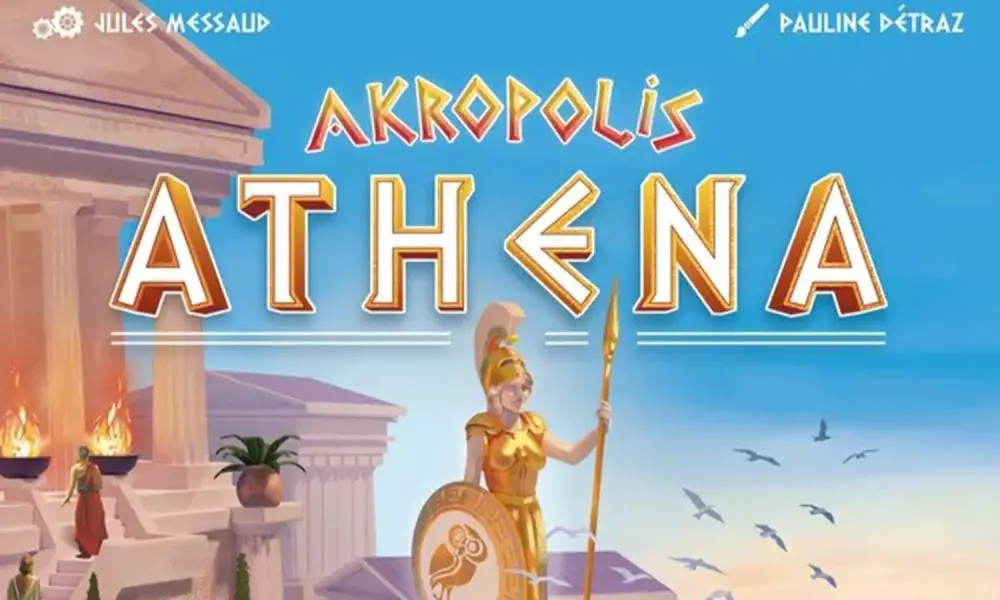



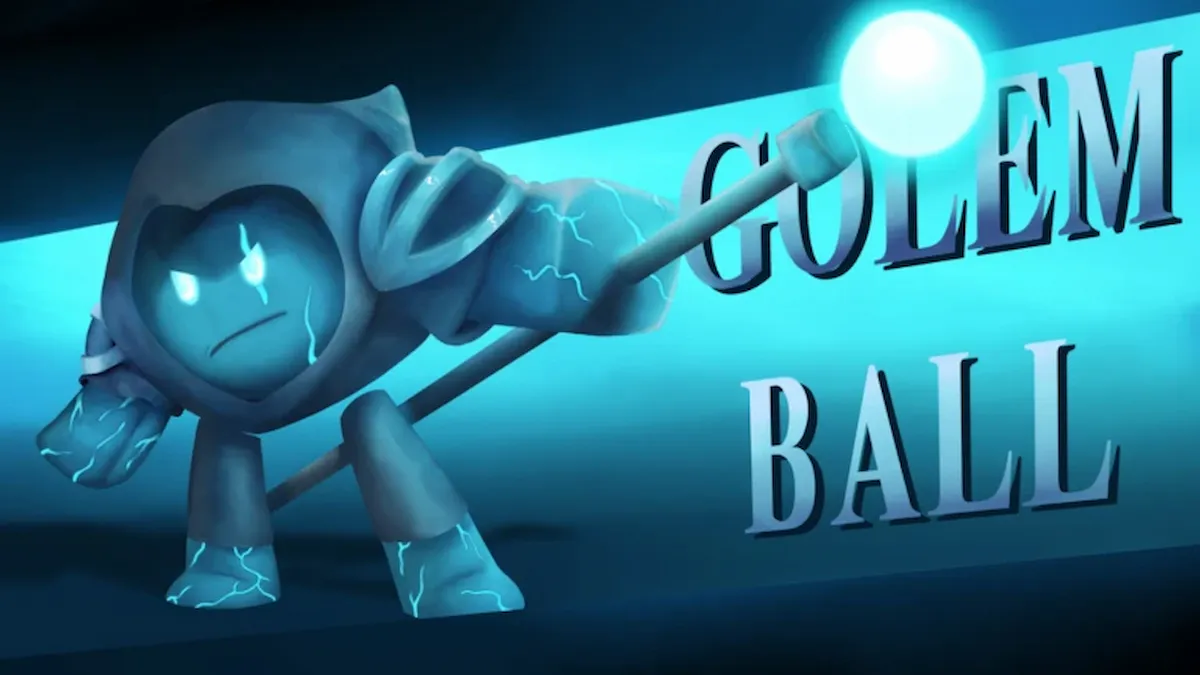

![Anime Reborn Units Tier List [RELEASE] (November 2024)](https://www.destructoid.com/wp-content/uploads/2024/11/anime-reborn-units-tier-list.jpg)